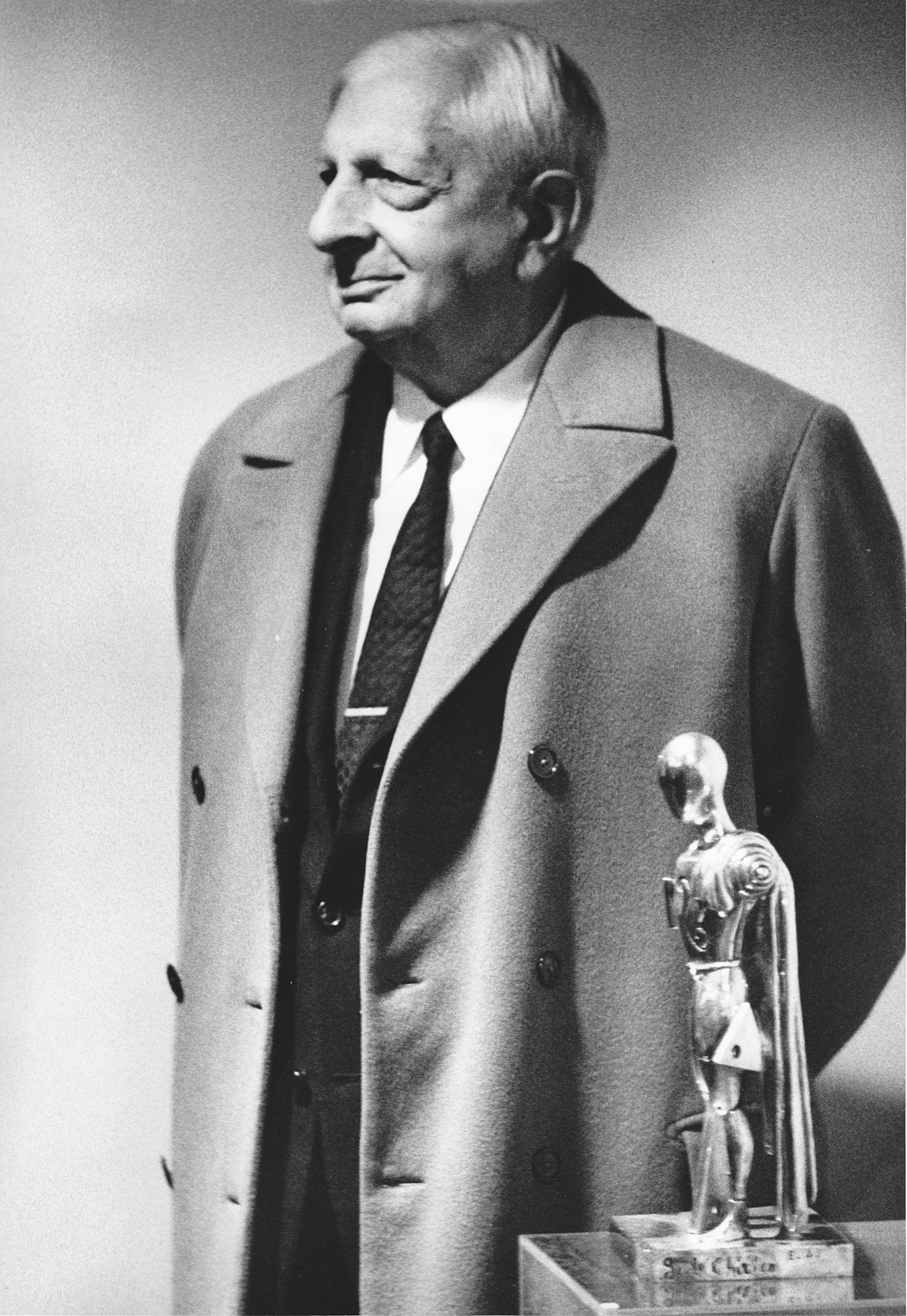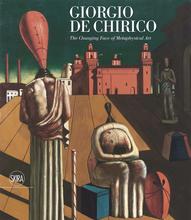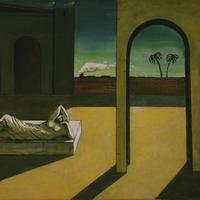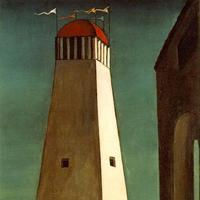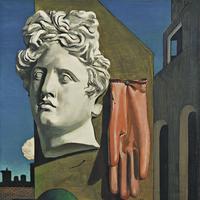More about Giorgio de Chirico
- All
- Info
- Shop
Works by Giorgio de Chirico

Contributor
Giorgio de Chirico is another one of those Surrealists whose work was kinda cool, but mostly just confusing and disturbing.
De Chirico was born in 1888 in Volos, Greece. His father was a Turkish railway conductor and his mother was of Italian, Greek and Turkish descent. From 1906 onward the family lived somewhat nomadically. This was cool because de Chirico and his brother could speak Greek, Italian, French and German and could thus mingle with just about anyone. It’s always important to know that one can make friends in foreign environments. It was uncool though because little Giorgio never truly felt like he had a home. And you know how that can really mess with a person and manifest in their later life in strange and, one might say, surreal ways. What it did to little Giorgio was to make him identify strongly with both the German philosopher Nietzsche and the story of Pinocchio. If you have seen his art, this probably makes a lot of sense to you.
For a small time during de Chirico’s career, he was the god of the Surrealists, but because the Surrealists were quite a fickle bunch, this did not last. He described them as “cretinous and hostile” and eventually separated from the group completely. De Chirico started exhibiting in America and England and didn’t look back at those Surrealist jerks. This was in that odd time between world wars so de Chirico became popular for a second but then people were more concerned with the end of the world so his limelight fizzled. He never had to fight in the war though because he was pronounced too "delicate" for service. And even though he had all that time during the war to create more work, he never made his way back to the limelight. This may have had something to do with the fact that his wife convinced him to create pieces in his old style and fake the date because people were really into his old stuff and not at all into his new stuff. It backfired.
De Chirico still had a lasting impact on many people including but not limited to Yves Tanguy, Max Ernst, Salvador Dalí, René Magritte, Philip Guston, John Ashbery, and Sylvia Plath. So there’s that!
Sources
- Kimmelman, Michael. "Review/Art; An Ambitious Effort To Praise De Chirico's Later Works." Nytimes.com. N.p., 1991. Web. 2 Oct. 2017.
- Morris, Roderick Conway. "De Chirico: Painting Landscapes Of The Mind - Culture - International Herald Tribune." Nytimes.com. N.p., 2007. Web. 2 Oct. 2017.
- Kimmelman, Michael. "The Riddler Of Modernism." Nytimes.com. N.p., 1996. Web. 2 Oct. 2017.
Featured Content
Here is what Wikipedia says about Giorgio de Chirico

Giuseppe Maria Alberto Giorgio de Chirico (/ˈkɪrɪkoʊ/ KIRR-ik-oh;
Italian: [ˈdʒordʒo de ˈkiːriko]; 10 July 1888 – 20 November 1978) was an Italian artist and writer born in Greece. In the years before World War I, he founded the scuola metafisica art movement, which profoundly influenced the surrealists. His best-known works often feature Roman arcades, long shadows, mannequins, trains, and illogical perspective. His imagery reflects his affinity for the philosophy of Arthur Schopenhauer and of Friedrich Nietzsche, and for the mythology of his birthplace.
After 1919, he became a critic of modern art, studied traditional painting techniques, and later worked in a neoclassical or neo-Baroque style, while frequently revisiting the metaphysical themes of his earlier work. In 2018 it was suggested that de Chirico may have suffered from Alice in Wonderland syndrome.
Check out the full Wikipedia article about Giorgio de Chirico

